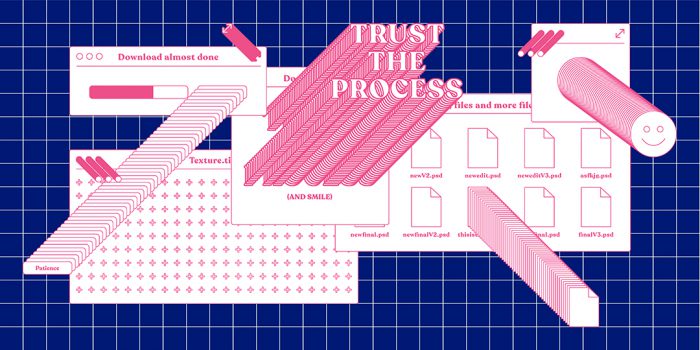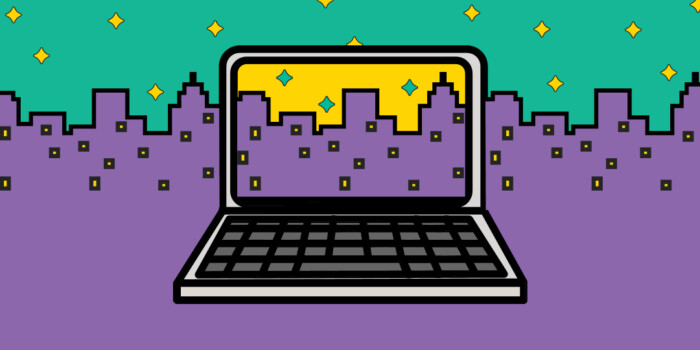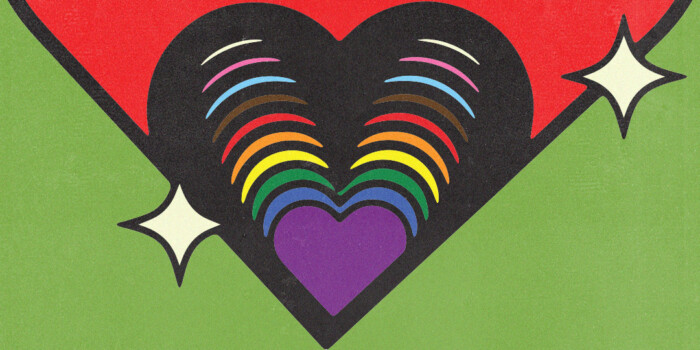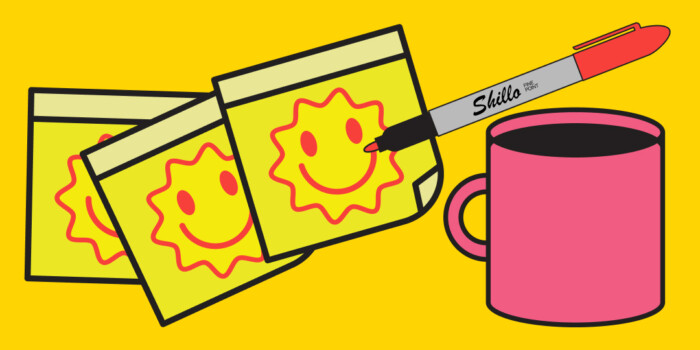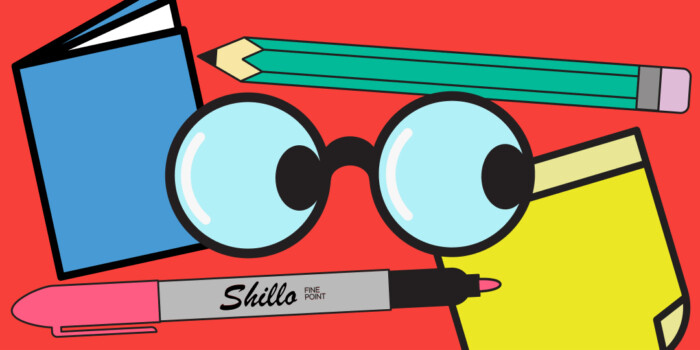Brand and Design Strategy
in 6 Questions by
FutureBrand’s John Corleto
Welcoming FutureBrand‘s John Corleto to the blog as a guest author! Read on to hear his amazing insights into brand and design strategy, including six questions designers can ask to “be their own strategist.”
In many ways it’s the best time to be a designer. Whether it’s in business, technology or government, everyone is recognising the immense contribution they can make to creating a better society.
And even though you might not be designing nationwide electric vehicle infrastructure, a new banking system or a new business model to deliver affordable healthcare, the impact you make as a brand or graphic designer can be, pardon the pun, the supercar that speeds up that journey from ideas to impact or the really big relocation truck that’s double parked and stops you from getting to work.
As a brand designer you hold a lot of power. You can make the never before-seen even more provocative and out of this world, or make it immediately familiar and acceptable. You can make organisations with decades of history feel young again, or give new businesses an aura of tradition. And you can make products that are in essence, identical in form and function, altogether more compelling in soul and spirit.
It’s a lot of responsibility. Making the right choices is paramount.
When it comes to choices, you might find someone called a Strategist next to you to help you. This person can at times take the form of mystical genius, sometimes colossal frustration. Sometimes, depending on the project, they’re a super shapeshifter that alternates between both. But don’t disengage. Remember, they’re there to help you make choices.
Strategy, put simply, is about making the right choices to get you from A (the here and now) to B (a better next), often in situations where people don’t know where B is yet or don’t really understand the full state of A either. Conversely, design is about taking the way things are (whether that’s in 2D, 3D or a system) and using all our energies (often with blistering fast Adobe skills) to bring to life a better, imagined state. If it sounds suspiciously similar, that’s because it is.
With that in mind, it’s really less helpful to think about Strategists and Designers and more helpful to realise that we all need to be creative and strategic in equal measure to make any meaningful change.
Yes we might excel in some things over others, but as a general rule of thumb, we’re all human beings with the capability to think both ways.
So how do you become more strategic?
Let me let you in on a little secret that will allow you take those strategy powers and absorb them for yourself like Vision from the Avengers.
Everyone can get a little bit obsessed with finding that beautiful phrase that parts the heavens and casts light on darkness. That eureka moment. That revelatory answer.
But the truth is it’s not as much about the answers as it is the questions. When you rush to find the answer – just like you rush to get on the train, you can often find yourself on the limited express to who knows where. It might be a really beautiful place. But it’s not where you really needed to go. But when you ask questions, you get to a place that’s useful, meaningful and altogether better. Yep. A place of good design.
But you don’t ask just any question. When you get a brief the greatest temptation is asking questions like ‘What do you want to communicate’ or ‘What style would you like to communicate in?’. Hit the brakes. You’re not a machine. You’re a strategic and creative human being.
6 questions that I find to be the most useful in strategising:
One. Where do we want to go?
No brand stays still. Iconic brands want to reach more people or restore their former glory. Start-ups want to turn investors’ heads and charities want to shed light on social problems that others either misunderstand or just haven’t thought about. Before you build a highway, ask where we’re headed – it might be better to lay down some tracks or just pave a little sidewalk instead.
Two. How does this thing work?
Get to know the ins and outs of what you’re branding. You don’t have to understand the mechanics of jet engines or quantum physics, but at least get the gist of every detail (a bit of a strange phrase, but trust me!). Think of a brand not as something to create, but something you search for. The basis of a brand might be in the effect they have, where they come from, why they’re created, how they sound or what components are inside. Dig everywhere so you can find that seed that you can grow into a pine tree (or succulent).
Three. What’s the story behind this brand and can it stretch?
Not everyone likes to read the same kind of book. It’s the same with brands. They’re written for a certain type of audience. When you try to push brands to new audiences you have to understand how far you can stretch a story (either by adding or subtracting). If you stretch it too far it’ll end up giving you and your client a sting and reaching no one! In that case, you might need another brand. Car brands are great at this. Luxury brands like Infiniti and Genesis are actually Nissans and Hyundais telling a different story.
Four. How do people currently feel and behave? How should they?
At the end of the day, great design changes what people believe and do. Doing that requires understanding how they currently feel. To bring a cutting edge medical appliance to the reach of as many people as possible means you need to understand how certain illnesses are perceived. Your brand might have to focus on removing social stigma and reducing fear rather than high-tech components which might make things seem more daunting.
Five. What’s going on in the world and how can we tap into some of those meanings?
As a designer you’re no stranger to finding references. But to think strategically, you need references of a different kind. Metaphors are a big help. When you see digital platforms as 16th century town squares, bubble teas as block parties in liquid form and cleaning appliances as stringed musical instruments you hit at the true significance of what you’re branding – and find some pretty strong hooks to build creative ideas off. Hook. Metaphor. See?
Six. What else do we need to change to make a positive impact?
No visual identity system is an island. When you design a brand you hopefully make the first step in making a positive change in someone’s life – and yes, positive change includes the whole spectrum from adding a touch of lemon to keep someone’s favourite drink interesting all the way to creating a more ethical bank. How can you change the environment that people experience this brand in? What about the culture of the employees who deliver it? It all counts.
As a designer you have the opportunity to do great things. And go to great places.
With a strategic mindset and the ability to ask great questions, you’ll have greater chances of going where the world needs to go. And hopefully, taking everyone with you too.
See you in a better tomorrow, you mystical strategy genius you.
John Corleto is a strategist working at FutureBrand Australia. He believes that a whole lot of rigour, a pinch of doubt and a large helping of well-crafted language can do wonders for pointing brands in the right direction. To John, everything is interesting.
Huge thanks to John for coming on board as a guest author! These insights are so valuable for our Shillington design students, and any creative trying to improve their strategic thinking. Be sure to check out FutureBrand’s amazing work.
Want to win some amazing prizes and stay in the loop with all things Shillington? Sign up to our newsletter to automatically go in the draw.



